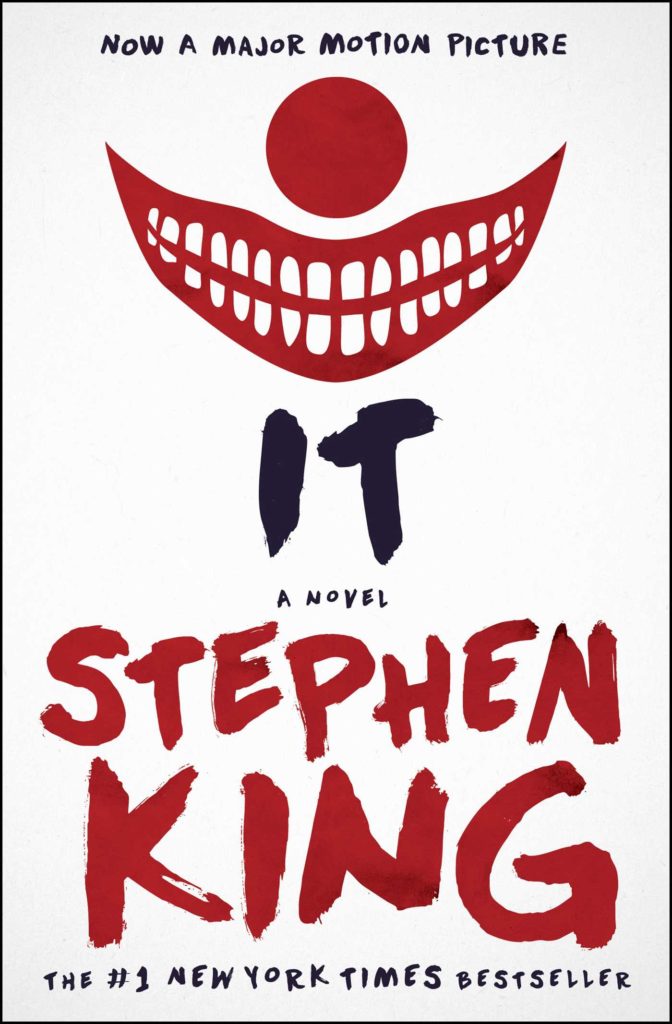sample heading
We’re all familiar with the suburbs in horror. They’re a place of white picket fences, of idyllic surroundings, of neighbors who love each other. They tend to be a place that imparts the idea of safety and happiness, just waiting to be split open when evil comes to town and the dying starts. But that idea isn’t true to the heart of suburbia. The truth is, the suburbs are just like everywhere else: a place with its own darkness and evil lurking below the surface. One need only have a meeting with their local homeowners’ association to realize that. With that in mind, here are six books that celebrate the darker side of suburbia: the dying towns, the aimless feeling that nothing is ever going on, the way a town can try and pretend that its worst facets aren’t real, and more besides.

The Loop, Jeremy Robert Johnson
In the small town of Turner Falls, OR, the children of a medical tech conglomerate’s employees come down with a mysterious illness that makes them turn murderous and start speaking to people who aren’t there. When a bonfire party full of infected teens suddenly turns homicidal, it’s up to Lucy and her friends Bucket and Brewer to survive the night and escape town all while being stalked and hunted by the insane, twitching hivemind of popular kids.
Robinson’s always been great at finding the empathy at the heart of his horror stories, but the way he blends modern tech with a “rich teens are evil” plotline and contrasts the aimlessness and boredom of suburban life with the high-octane violence of a “chased through the night” flick makes this some next-level suburban terror. It also has a good deconstruction of the kind of power fantasy most “survive the evil teenagers” or “chased through the night” stories have, as Lucy has to wrestle with her trauma and the loss of friends and allies during the desperate struggle against the murderous, alien kids from the Butte, all of which brings a lot more heart, color, and tension to underpin the slick, apocalyptic horror plot.
Read our interview with Jeremy Robert Johnson here.
Apple | Bookshop.org | Amazon | Barnes & Noble | IndieBound

IT, Stephen King
King’s occasionally daunting 1,138 page epic portrait of a town and the irrevocable power of maturity follows six young friends as they become aware of a dark secret lurking underneath the cheerful suburban facade of Derry, Maine, and again years later when they are forced to finish what they started as kids. But those going into this expecting a story about an evil clown and King’s usual clash between pleasant suburbia and monstrous acts are doing themselves a disservice.
While It‘s twisted fairytale plot about children and monsters might be the main attraction, the book brutally tears down every suburban myth and nostalgic reminiscence along the way. Each interlude on the town’s history or the various lives of its protagonists unearths more of the horror small towns engender, from whitewashing its bloody past history to the trigger warning-worthy content no one ever speaks up on, from racism to homophobia and all stops in between. It perfectly captures the feeling of growing up in small towns, how at first there’s a pleasant nostalgia for the time you spent there as a child, and then becoming more aware of how wrong everything is the older you get and the more distance you get from those childhood memories.
Apple | Bookshop.org | Amazon | Barnes & Noble | IndieBound

The House Next Door, Anne Rivers Siddons
Siddons’ classic haunted house novel begins simply enough with an admonition about the story, that somehow Walter and Colquitt Kennedy, the narrators of the tale, are going to end it with their reputations destroyed and their lives in ruins because of the Harrelson house. But what Siddons does so well and so completely is to twist the tiny fears of suburbia–that your neighbors will move away and new people will move in and change the landscape of the neighborhood–into a dark suburban gothic nightmare about a modern-looking house built on a completely ordinary lot that nonetheless causes torture and devastation to everyone who goes near it.
Further upping the terror, the house is just that: a house. There’re no ghosts, there’s no ancient burial ground, and there’s no reason the house should be causing murder and tragedy to everyone who even dares to visit it. Even better, the book works all the darkest parts of suburbia into the story of the house, from people thinking the Kennedys are trying to run them out of the neighborhood for not being WASPs, to jealousy, to the fact that everyone starts drinking at noon and that might be part of the problem, making this as much a novel about the suburbs as one set there.
Apple | Bookshop.org | Amazon | Barnes & Noble | IndieBound

The Girl Next Door, Jack Ketchum
A disturbing novel based on the real-life torture and murder of Sylvia Likens, The Girl Next Door begins with an idyllic summer, the same as most suburban horror novels, but turns dark by degrees as David Moran meets Meg and Susan Loughlin, their aunt Ruth, and their three cousins in suburban New Jersey. As Ruth becomes increasingly unhinged, she first begins “punishing” Meg for various crimes, and then imprisons her in the basement so she can personally torture Meg, inviting the boys of the neighborhood over to watch and take part as things get more and more brutal.
While numerous novels and films have been based on the crime (including Mendal W. Johnson’s much more nihilistic Let’s Go Play at the Adams’), Ketchum is good at bringing empathy into the work, making the reader feel for Meg, David, and Susan as they’re ensnared further into Ruth’s horrifying “games.” It also drives home a certain helplessness and a sense of bystanderism that goes hand-in-hand with suburbia, a sense that people shouldn’t make waves and, horrifyingly, people don’t speak up even when they know something is beyond wrong.
Apple | Bookshop.org | Amazon | Barnes & Noble | IndieBound

Uzumaki, Junji Ito
There’s been a question asked by some about Junji Ito’s most prominent work of cosmic horror, a terrifying tale of a town obsessed with spirals that, um, spirals out of control: “When everything starts going wrong, why doesn’t everyone just leave?” It’s a valid question, given that Ito’s painstaking and grotesque linework depicts a girl with a black hole in her head, a maternity ward full of drill-wielding pregnant women, and an unpopular student turning into a gigantic snail. The answer, at least at first (there’s a supernatural answer later), is that this is kind of all there is for everyone. The most telling scene in Uzumaki is when the main character, when asked if she wants to leave, can only answer with a dull “…why?”
It’s a terrifying and gruesome look at the ways a place can have ill effects on someone, and plays perfectly into the isolated suburban setting, with the “monster” of the story even being an ages-old fixture of the town. But beyond all the metaphor and setting, Uzumaki is Ito’s definitive work, a gruesome and gleeful satire of isolated small-town malaise and the people trapped within it.
Apple | Bookshop.org | Amazon | Barnes & Noble | IndieBound |

The Missing, Sarah Langan
Corpus Christi, Maine, is dying. It doesn’t quite know it yet, but after toxic clouds from a mill disaster enveloped the nearby blue-collar Bedford and destroyed the surrounding forest, Corpus Christi hasn’t been doing well. The town is slowing down, there are fewer and fewer visitors, and after a local schoolteacher takes a class trip into the woods near Bedford where she’s preoccupied enough to lose sight of one of her problem student, things really go downhill.
Whatever wiped out Bedford (as detailed in The Keeper, Langan’s previous novel) also unleashed something unspeakable in the woods, a malevolent force that takes the form of a virus and turns the people of Corpus Christi into violent lunatics hellbent on tearing everything and everyone in their way to shreds. The ease with which Langan melds the usual New England gothic themes of old evil and suburban malaise with the “rage virus” plot creates a story that’s full of doom and dread and builds to gruesomeness, all while ensuring that the more explosive moments are exactly that.
Apple | Bookshop.org | Amazon | Barnes & Noble | IndieBound




One thought on “Six Horror Books About the Nastier Side of Suburbia”